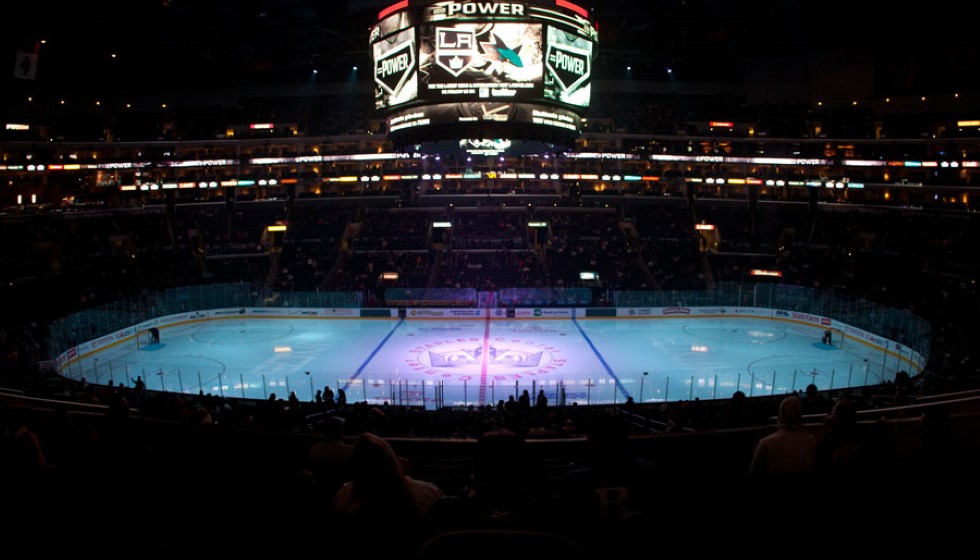
In a fascinating matchup between the Toronto Maple Leafs and the New York Rangers, all eyes were on rookies Ryan Reaves and Matt Rempe. This clash not only spotlighted the skill and ambition of these young players but also ignited discussions around a controversial role in ice hockey: the enforcer. Matt Rempe, standing tall at 6 feet 7 inches and weighing 240 pounds, has become the subject of much interest. With a rookie record of one goal and one assist in just seven games, his contribution to the team is undeniable. Yet, it's his 37 minutes spent in the penalty box, a striking 5 minutes more than his actual gameplay time, that has sparked significant conversation.
The Role of the Enforcer
Enforcers like Rempe are a unique breed in the world of hockey. Their job, often misunderstood, involves more than just physical play; it's about protecting teammates and maintaining a level of deterrence on the ice. However, the rigorous demands of this role come with high risks. The hockey community still reels from the tragic losses of enforcers Derek Boogaard, Wade Belak, and Rick Rypien in 2011. Their deaths opened a Pandora's box, linking the tough nature of enforcer roles to serious health consequences, including Chronic Traumatic Encephalopathy (CTE), a condition associated with repeated head traumas.
Despite these concerns, NHL Commissioner Gary Bettman has expressed skepticism about the direct correlation between hockey fights and CTE. This stance has ignited debates and further investigations into the matter. Nonetheless, the evolution of hockey toward a more analytics-driven approach has seen the traditional enforcer role diminish. Today, the emphasis is on speed, skill, and strategy, elements that don't typically align with the enforcer's traditional skill set.
Fighting and the Future of Hockey
The decline in fighting is evident, with the sport becoming faster and more engaging. This shift reflects an effort to make hockey more inclusive, expanding its appeal beyond traditional base to attract a wider audience. However, fighting, for many, remains a deeply ingrained aspect of the sport's “code” — a means of self-regulation and justice on the ice. In this context, discussions about players like Rempe and the role of enforcers are far from obsolete but rather offer a lens through which to view the sport’s ongoing evolution.
Distinguished panels, such as TNT's NHL segment, often delve into these topics, analyzing plays and, inevitably, fights. Analyst Paul Bissonnette, for example, commended Rempe's hit as an echo of hockey's rugged past, appreciating Rempe's readiness to stand by his actions. Such endorsements reflect a nostalgia for the old-school aspects of the game, despite its evident progression toward a different future.
The Cultural Battleground
Hockey's evolving landscape extends beyond the ice rink. The NHL recently found itself at the heart of cultural and political conversations during the All-Star break in Florida. A LinkedIn post by the NHL advertising a career fair became a flashpoint after criticism from Florida Governor Ron DeSantis, who objected on grounds that it suggested a form of discrimination. Such incidents highlight the complex interplay between sports, politics, and societal values, with the NHL inadvertently becoming a battleground for broader debates.
In hockey circles, the viewpoint on enforcers like Rempe remains divided. Some see them as essential, arguing that their presence on the ice actually promotes player safety by deterring unsportsmanlike conduct. Others perceive the role as anachronistic, out of step with the sport's modern direction. Whether Rempe's bouts on the ice escalate tension or prevent it, they certainly fuel a larger discussion about the game's identity and direction.
As hockey continues to evolve, the debate over the place of enforcers within the sport persists. While analytics and a shift towards faster gameplay suggest a decline in their traditional role, the values and dynamics they bring to the game — as highlighted by players like Matt Rempe — suggest that the conversation is far from over. The future of hockey may lean towards a more inclusive and engaging paradigm, yet the essence of the enforcer, with all its complexity and controversy, remains an integral part of the sport's narrative.